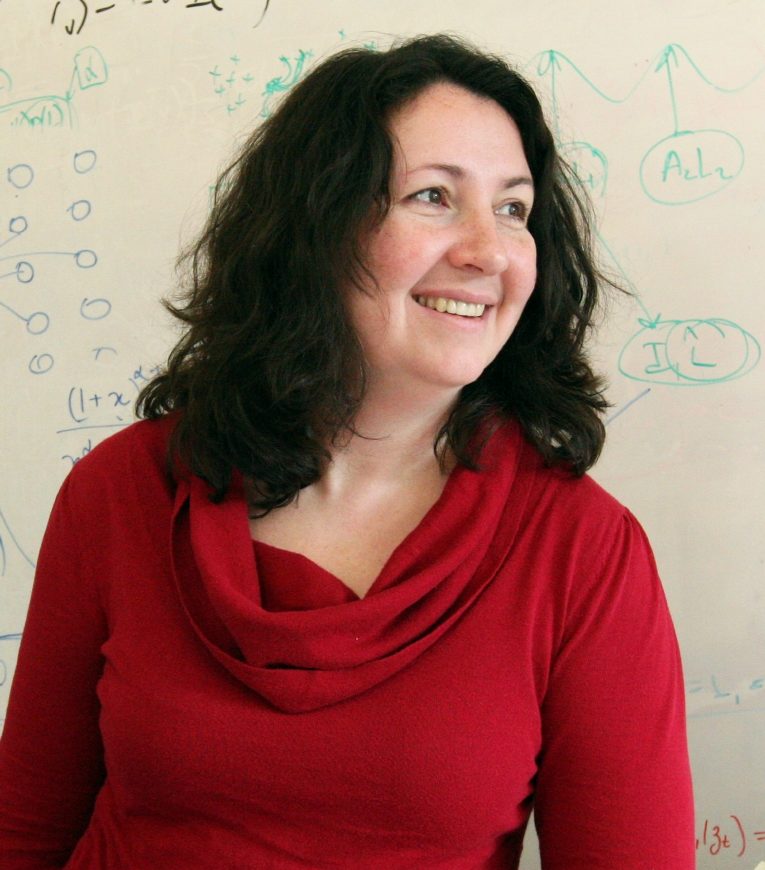Polina Golland
Sunlin (1996) and Priscilla Chou Professor, Department of Electrical Engineering and Computer Science

Polina Golland is the Sunlin (1996) and Priscilla Chou Professor in MIT’s Department of Electrical Engineering and Computer Science (EECS). She leads the Medical Vision Group at the Computer Science and Artificial Intelligence Laboratory (CSAIL). Her main research focus is in developing novel techniques for analyzing and understanding biomedical images. Her interests include algorithms that explore the geometry of the world, process images in new ways and improve image-based inference through statistical modeling of image data. She is interested in shape modeling and representation, predictive modeling and visualization of statistical models. Her current research focuses on developing statistical methods for analyzing and characterizing biological processes based on image information. She earned a PhD in electrical engineering and computer science from MIT.
Selected Publications
- Kashyap, S., Karani, N., Shang, A., D’Souza, N. S., Dey, N., Jain, L., Wang, R., Akakın, H. Ç., Li, Q., Li, W., Carlson, C. R., Golland, P., & Syeda-Mahmood, T. (2023). Feature selection for malapposition detection in intravascular ultrasound – A comparative study. In Lecture Notes in Computer Science (pp. 165–175). https://doi.org/10.1007/978-3-031-47076-9_17
- Abulnaga, S. M., Dey, N., Young, S. I., Pan, E., Hobgood, K., Wang, C. J., Grant, P. E., Türk, E. A., & Golland, P. (2023). Shape-aware segmentation of the placenta in BOLD fetal MRI time series. The Journal of Machine Learning for Biomedical Imaging, 2(PIPPI 2022), 527–546. https://doi.org/10.59275/j.melba.2023-g3f8
- Abulnaga, S. M., Stein, O., Golland, P., & Solomon, J. (2023). Symmetric Volume Maps: Order-invariant Volumetric Mesh Correspondence with Free Boundary. ACM Transactions on Graphics, 42(3), 1–20. https://doi.org/10.1145/3572897
Media
- October 2, 2019: MIT News, Using algorithms to build a map of the placenta.
- June 20, 2017: MIT News, New technique makes brain scans better.